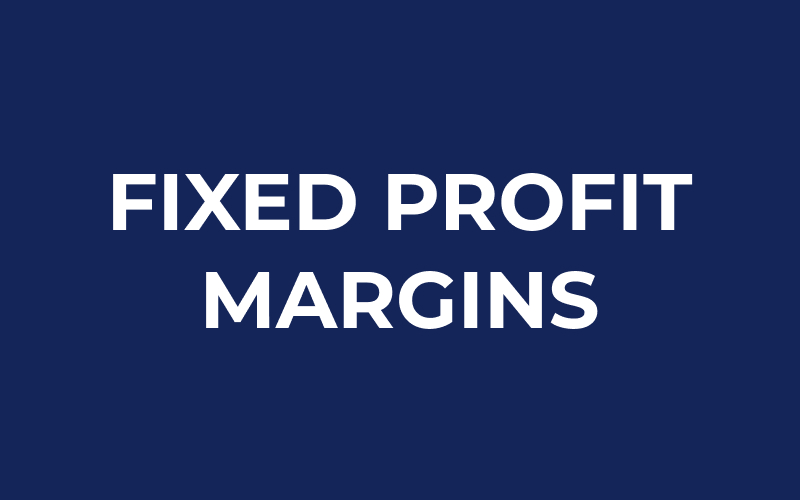
Fixed profit margins
In the retail and ecommerce industry, it’s important to set a pricing strategy that ensures a steady stream of profits. One common approach is to establish fixed profit margins for each product or service being sold. This means that a set amount of profit will be added to the cost price of each item, resulting in a final selling price that provides a consistent and reliable profit margin.
Pros and cons of fixed profit margins
Fixed profit margins can help business owners maintain financial stability by ensuring a consistent return on investment. This pricing strategy can also simplify the pricing process and reduce the time spent on adjusting prices for individual products. By establishing a fixed profit margin, retailers and ecommerce businesses can also better control their expenses and accurately forecast future earnings.
However, fixed profit margins may not be suitable for businesses that operate in highly competitive markets, as they may struggle to compete with other businesses that offer lower prices. In such cases, businesses may need to adopt a more flexible pricing strategy that allows them to adjust prices according to market demands and trends.
To determine the most appropriate profit margin, businesses must consider a range of factors, including the cost of goods sold, overhead expenses, and competition. By analyzing these factors and considering the needs of their target customers, businesses can set a fixed profit margin that will provide a sustainable return on investment while also remaining competitive in the market.
Summary
Fixed profit margins are a popular pricing strategy in the retail and ecommerce industry, as they provide a consistent return on investment and simplify the pricing process. However, businesses must consider market demands and competition to ensure that their profit margins remain competitive and relevant.

